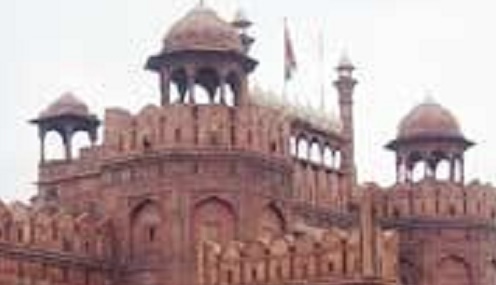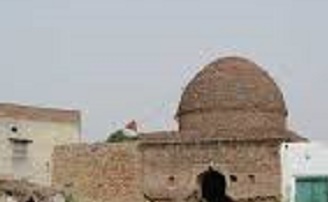

Fatehabad is a city in the Fatehabad district in Haryana. It is believed that Aryans first settled on the banks of the rivers Saraswati and Drishadvati and then gradually expanded their base to Hisar and Fatehabad. Fatehabad also finds mention in Puranas which say that it was part of the Nanda Empire. The discovery of Ashoka pillars at Fatehabad also shows that it was part of the Maurayan Empire. Excavations carried out here by the Archaeological Survey of India have revealed interesting finds that throw light on ancient India’s culture and heritage. The modern town of Fatehabad was founded by Firuz Shah Tughlak in the 14th century. He named it Fatehabad after his son Fateh Khan. During the Mughal regime, this area was considered as one of the most important Kingdoms. There is a beautiful mosque known as Humayun mosque at Fatehabad. It is believed that the Mughal emperor visited it when he was passing through the town after his defeat against Sher Shah Suri. This well constructed fort town bears connection to the Harappan era too. The district Fatehabad was a part of Nanda Empire, according to Puranas. This district also was a part of Mauryan Empire, which was discovered from the Ashokan pillars at Fatehabad.
Tourist Attractions In Fatehabad : 6






By Air - The nearest airport is the Indira Gandhi Airport in New Delhi.
By Rail - Fatehabad district is well connected with Punjab, Delhi and district Sirsa by broad gauge railway line.
By Road - Fatehabad is at a distance of about 48 kms northwest of Hisar on Delhi Hisar Sulemanki road. There is a network of metalled roads, which connects all its villages and towns. National Highway 10 connects Fatehabad with Delhi and Punjab.
1 - LOVELY SWEET SHOP, LOCATED AT THANA ROAD, DWARKA PURI, B BLOCK, ELLENABAD - (FAMOUS FOR GOLGAPPE AND SAMOSA)